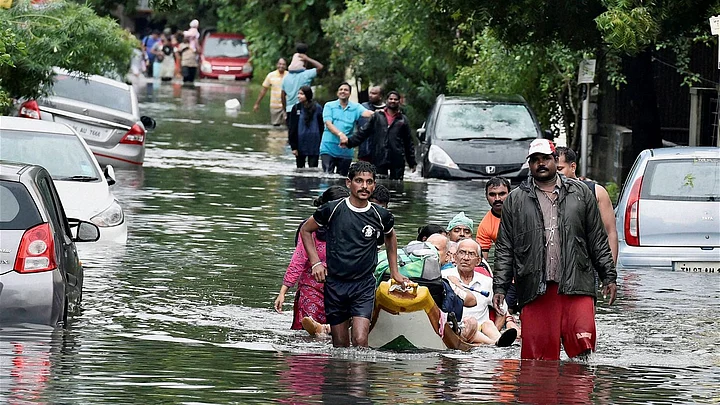If you are a resident of Chennai or any of its adjoining districts, it’s likely that the ongoing floods due to incessant rain have submerged your vehicle, partially, or worse, fully.
With the water levels receding in many parts, vehicle owners are well advised not to rush and make a futile attempt to start their vehicles. According to experts, it is likely to inflict more damage than already caused, as once you start the car in such a condition, more water gets pushed through the engine, transmission, brakes and other parts.
Often, flood-affected cars, especially, when waters cross above engine level, will be rendered non-drivable. However, if you want to try your luck and check if your car has weathered the flood-waters, patience might be your best ally.
According to Jim Gorzelany, an automotive Journalist with Forbes, even though a submerged car may start, its power steering and electrical systems are vulnerable to abrasions, causing premature failure, as floodwater is corrosive.
For people living closer to the sea, chances are that seawater will get mixed with clogged rainwater, which is even more abrasive.
Ideally, an extensive disassembly is suggested to negate the damages caused to the vehicle, and a thorough cleaning by authorised technicians.
However, before professional help arrives and you are on your feet, you can minimize the damage.
First and foremost, the battery system has to be detached from the car, to prevent further damage.
Next, the water has to be drained out of the car manually. There might be residual mud and dirt, which also has to be removed. It is also advisable to siphon out contaminated gear oil.
Hopefully, if your car is of the latest make, it comes with a sealed fuel tank; otherwise you may need to clean the fuel tank as well.
Amongst other things, your car’s wheel bearings might also have to be replaced.
(At The Quint, we question everything. Play an active role in shaping our journalism by becoming a member today.)
